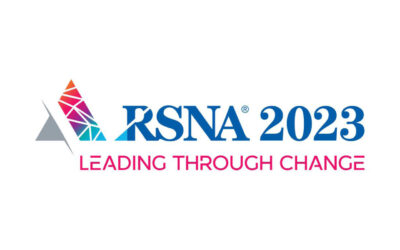No matter how good a job is, sometimes you just need a change. If you find yourself in that spot, how can you announce your resignation in a way that won’t end up burning those proverbial bridges and ultimately hurt your future career path?
First, realize you’re not alone. According to LinkedIn Career Expert Blair Decembrele, data from a recent LinkedIn survey shows that not trying harder to get their dream job is one of the biggest regrets people have when it comes to their careers. “And more than two in three employees – 68 percent – admit that when making a decision about their career, they often experience FOBO or ‘Fear of Better Options,’ ” Decembrele adds. “So, clearly, there is an appetite for switching roles … and it’s a natural part of your professional journey.”
That doesn’t mean it’s a good idea to make a hasty decision about leaving your current job.
“Pause and make sure you’re ready to resign,” Decembrele advises. “It’s important not to make a rash decision to quit.”
Once you’re made that decision, it’s best to make the announcement as professional as possible – no matter the circumstances that have brought you to pursuing your next career step, Decembrele adds.
Todd Davis, executive vice president and chief people officer for FranklinCovey, and author of “Get Better: 15 Proven Practices to Build Effective Relationships at Work,” agrees.
“Your reputation and brand are everything, especially in a world where, through online tools, we can learn a ton about those we haven’t even met,” Davis says. “The professional and respectable way you exit an organization is critical to your brand.”
Davis and Decembrele offer the following tips to help optimize your exit:
• Be transparent. “Be completely up front with your employer about why you are exploring other opportunities,” Davis stresses. “You should ensure they know just how much you value the experience you’ve gained and things you’ve learned while working for them.”
• Be an advocate. “Think through how you can help the company succeed, if you can serve as a reference for upcoming candidates who might be taking your new role, and how you can help continue to be a brand ambassador for the company even after you’ve left,”
Decembrele says. “It’s always good to let your manager know that you are always a resource they can tap.”
Davis concurs. “You should let them know you are going to continue to be a huge proponent of the company you are leaving, and that you will do everything you can to help with a successful transition,” he says.
• Be responsible. “The most effective way to ensure you not only don’t burn bridges, but in fact you strengthen them, is to take full responsibility making sure nothing falls through the cracks with your departure,” says Davis, who notes that the more advance notice you can give, the better position you are in to help.
“If applicable, abide by any contract that states how much notice you should give. If this is not disclosed in your contract, it’s courtesy to offer two weeks’ notice,” Decembrele adds.
And it is imperative to tie up loose ends before you exit, both experts agree.
“You do not want to be remembered for leaving unfinished projects,” Decembrele says. “If possible, hand over outstanding assignments to your manager or successor before leaving to help them smoothly adjust to this new chapter.”
Doing all of those things should ensure a smooth departure that leaves your stellar reputation intact.
“We had a wonderful individual leave our organization, gave plenty of notice, and even agreed to work some extra hours in the evening to help train their replacement once that person was hired,” Davis says. “That’s a way to build a great reputation!”
“Never burn a bridge!” Decembrele concludes. “It’s a small world – you never know when you may be working with your boss or colleague in the future as a customer or client.”
– Kathleen Furore is a Chicago-based writer and editor who has covered personal finance and other business-related topics for a variety of trade and consumer publications. You can email her your career questions at kfurore@yahoo.com.








